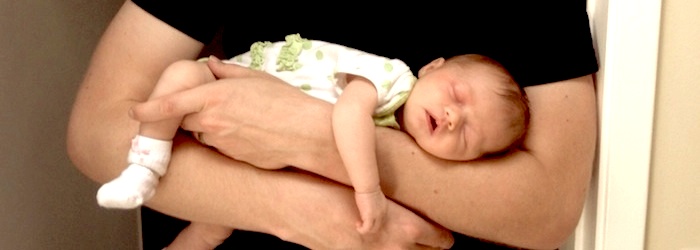
There’s a tendency among us humans to look at large groups of people — cultural groups, religious groups, gender groups, whatever — and point out how different “we” are from “them.”
“Oh, my group would never do anything like ‘they’ do…!”
We also like to make dangerous generalizations when it comes to individuals. We lump them — even though they are one, individual person — into a group we think they are a part of and assume that they are exactly the same as everyone else in that group.
“Oh, they are a [whatever], and ‘those people’ always [whatever]!”
This is completely backwards.
It’s much more healthy, productive, and helpful to flip these around:
When we look at people in groups, it’s better to see how we’re more alike than we are different.
For example: if I associate with a Christian worldview, it’s much more helpful for me to look at folks with an Islamic worldview and see how much we have in common, versus how much we don’t.
When we look at individuals, it’s better to see how everyone is different, and appreciate each person’s uniqueness.
For example: I should never assume that the coworker on my team sees the world exactly like I do, because they definitely don’t (here’s why).
When we look at the people around us in this way, the world instantly becomes a much more welcoming, colorful, and interesting place.
//


What’s the best way for society to help others understand this idea of appreciating and celebrating others differences and cherishing our uniqueness as much as our similarities? How many others must become conscious of this ideology for it to be practiced to the point of observation?